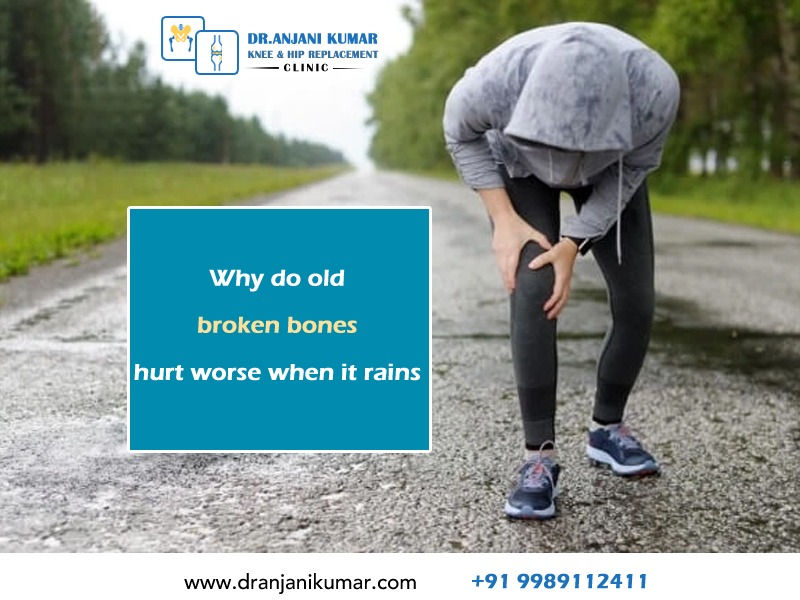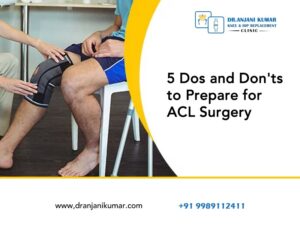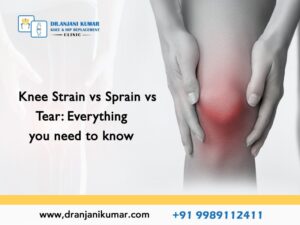Weather changes, including temperature fluctuations, affect barometric pressure, but the relationship between heat and pressure is complex and varies among individuals. Old, broken bones can cause pain or discomfort even years after injury. Rainy seasons relieve the heat and bring seasonal diseases like viral fever and old fracture pain.
The main cause of the worsening of pain in old broken bones when it rains
- Barometric pressure:Changes in atmospheric pressure, which can occur with weather changes, have been suggested as a potential factor affecting pain perception in individuals with broken bones. It’s believed that alterations in pressure may influence the pressure within tissues and joints, which could contribute to pain or discomfort.
- Psychological factors:Beliefs and expectations about the impact of weather on pain can also play a role. Some individuals may attribute increased pain to weather changes due to their pre-existing beliefs, which can influence their perception of pain.
- Reduced activity:People may be less inclined to engage in physical activity during rainy weather, leading to decreased joint mobility. Reduced activity can result in stiffness and discomfort, especially for those with joint conditions.
- Arthritis:One of the most common causes of pain in old broken bones is the development of arthritis, particularly post-traumatic arthritis. After a fracture heals, the affected joint may not function as smoothly as before, leading to wear and tear on the joint surfaces. This can result in arthritis, which can cause pain, swelling, stiffness, and reduced joint mobility. Changes in weather, including rainy and humid conditions, can exacerbate arthritis symptoms.
- Temperature and humidity:Rainy weather is often associated with cooler temperatures and higher humidity levels. Cold and damp conditions can cause muscles, connective tissues, and scar tissue around the old fracture site to contract and become stiffer. This stiffness can contribute to increased pain and discomfort near the old injury.
- Inflammation:Changes in weather conditions can influence inflammation levels in the body. Old broken bones may have residual inflammation, and fluctuations in weather can exacerbate this inflammation, leading to heightened pain. Individuals with osteoarthritis or rheumatoid arthritis may be more susceptible to weather-related inflammation.

- Increased stiffness:Cold weather can cause muscles and tissues to constrict and become stiffer, which may result in increased stiffness and discomfort around the site of an old broken bone. This can be particularly noticeable if the bone healed in a way that altered joint mechanics or caused muscle imbalances.
- Joint sensitivity:Some individuals are more sensitive to changes in barometric pressure, which often occur before or during rainy weather. These pressure changes can affect the pressure within joints and tissues, potentially leading to increased pain and discomfort.
- Muscle imbalance:The body can adapt to changes in movement patterns and muscle imbalances due to an old injury. These imbalances can lead to ongoing discomfort or pain, which specific weather conditions may aggravate.
- Healed misaligned fractures:If the broken bone is not properly aligned and healed in a malposition, it can cause chronic pain and joint dysfunction. This misalignment can lead to pain years later, particularly during certain activities or weather changes.
- Sensitized nerves:In some cases, nerves near the old injury site can become sensitized, leading to ongoing pain. Weather changes, especially pressure changes, can affect nerve sensitivity and increase pain perception.
The relationship between weather and pain is complex and varies from person to person. Some people experience increased discomfort from old injuries during rainy weather, while others may not. Scientific studies have yielded mixed results, and more research is needed to establish a clear link between weather changes and pain in old injuries. If you experience persistent pain in an old injury or are concerned about discomfort related to weather changes, it is advisable to consult a healthcare professional. They can provide a proper evaluation, recommend appropriate treatments, and conduct necessary tests or imaging to understand the underlying causes. Not everyone with old broken bones will experience increased pain during rainy weather.
Strategies for managing pain from old broken bones during rainy seasons include:
To manage pain and discomfort associated with an old broken bone during the rainy season or weather changes, consider taking precautions and strategies to ensure overall comfort and reduce discomfort.
- Stay warm:
- Keep the affected area warm by wearing appropriate clothing, such as layers and thermal wear.
- Staying warm can help reduce stiffness and discomfort in the bone and surrounding tissues.
- Stay dry:
- Try to stay dry during rainy weather to prevent additional discomfort.
- Use an umbrella, raincoat, or waterproof clothing when going outside to avoid getting wet.
- Gentle exercise:
- Engage in gentle range-of-motion exercises to maintain joint mobility and reduce stiffness.
- Consult a physical therapist for guidance on suitable exercises for your condition.
- Heat therapy:
- Apply heat to the affected area to help relax muscles and reduce stiffness.
- You can use a heating pad, warm baths, or showers to alleviate pain and increase circulation.
- Medications:
- Over-the-counter pain relievers (such as acetaminophen or non-steroidal anti-inflammatory drugs) may help manage pain and inflammation.
- Consult a healthcare professional before starting new medications, especially if you have underlying medical conditions or take other medicines.
- Diet and nutrition:
- Maintain a balanced diet with adequate nutrients to support bone health.
- Calcium and vitamin D are essential for bone strength.
- Consult with a healthcare provider or dietitian if you have concerns about your diet.
- Stay active:
- Continue with appropriate physical activity as your healthcare provider or physical therapist recommends.
- Regular exercise can help maintain joint function and muscle strength.
- Joint support:
- Consider using assistive devices, such as braces or supports, as your healthcare provider recommends, to stabilize and support the affected joint.

- Physical therapy:
- If you have not done so already, consider undergoing physical therapy.
- A physical therapist can provide tailored exercises and techniques to improve joint mobility and reduce pain.
- Regular check-ups:
- Maintain regular follow-up appointments with your healthcare provider to monitor your old injury and address any changes in pain or discomfort.
- Stay hydrated:
- Adequate hydration can help maintain the health of your joints and tissues.
- Drink plenty of water throughout the day.
- Manage stress:
- Stress can exacerbate pain.
- Engage in stress-reduction techniques such as relaxation exercises, meditation, or mindfulness to help manage pain perception.
- Consult a specialist:
- If your pain becomes severe or persistent, consider consulting a specialist, such as an orthopaedic surgeon or a pain management specialist, for further evaluation and potential interventions.
The specific precautions and strategies for managing pain from an old broken bone depend on the patient’s medical history and the need to collaborate with a healthcare provider.
About Dr Anjani Kumar
As an orthopaedic surgeon in Hyderabad, I try to provide patients with as many options as possible for hip and knee treatments to help each patient have the greatest results. I carefully consider the specific sorts of injuries and need to be comfortable offering a specialised solution before recommending the best course of therapy for each patient. My patients’ enhanced mobility and pain reduction are always my top priorities, as these will enable them to resume an active lifestyle. In more severe cases, especially when the joint has collapsed, or the bone has suffered extensive deformation, knee replacement surgery may be advised.
Knee replacement surgery may be recommended in advanced cases, especially if the joint has collapsed or the bone has become severely deformed.
Dr. Anjani Kumar has 20 years of experience and successfully performed 2000 knee replacement surgeries, 350 hip replacement surgeries, and 500 pelvic acetabular surgeries throughout his career. Please get in touch with us on Mobile: at +91 9989112411 and by E-mail: anjanikumar@ gmail.com




